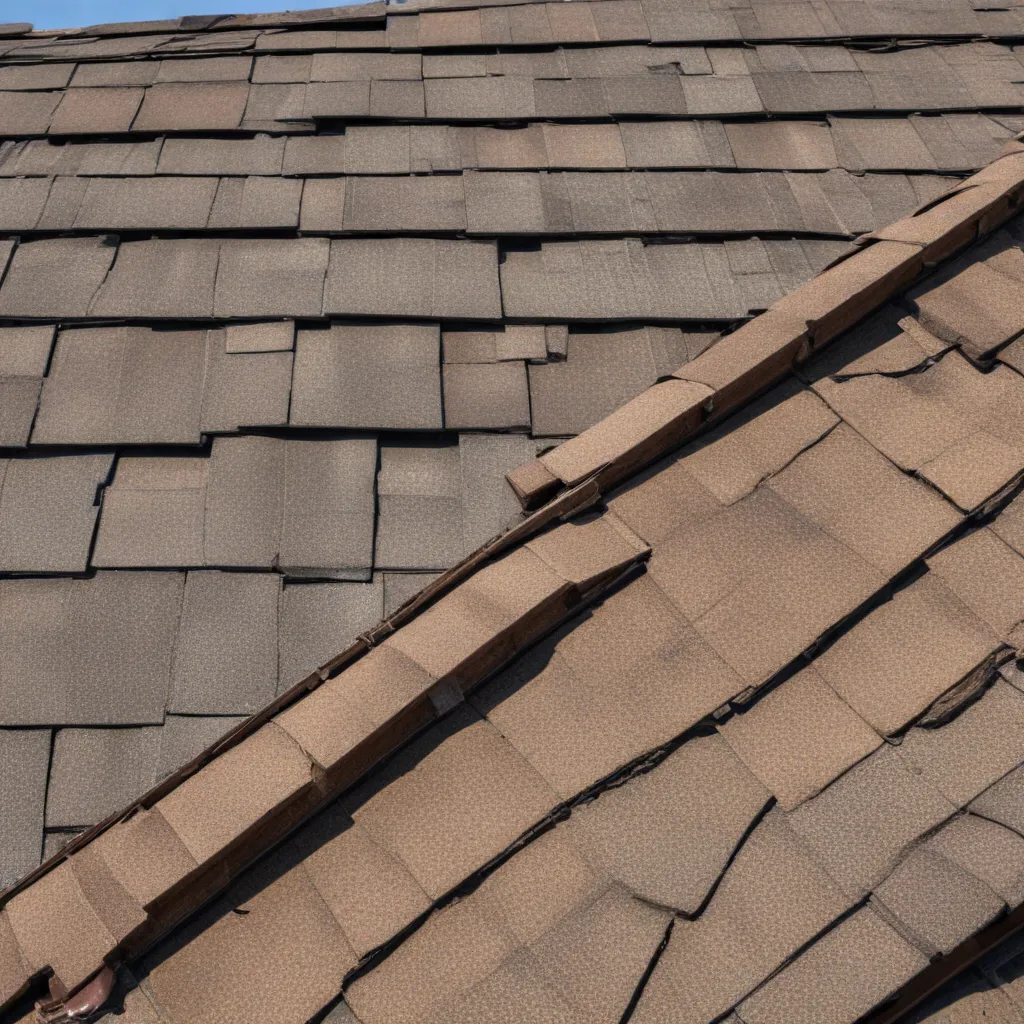
As an experienced roofing specialist at Genuine Roof Systems, I know that the health and longevity of your roof are crucial for safeguarding your home and family. Your roof serves as the first line of defense against the elements, shielding your interior from rain, snow, wind, and harsh sunlight. However, many homeowners often overlook the importance of routine roof maintenance until problems arise, leading to costly repairs or premature replacements.
Roof maintenance is not just a matter of cosmetic upkeep; it is a proactive strategy that can prevent numerous issues down the line. By incorporating regular inspection routines and maintenance practices, you can extend the lifespan of your roof, preserve its structural integrity, and avoid the headaches and expenses of major repairs.
Importance of Proactive Maintenance
Preserving Roof Integrity
Maintaining the health and structural soundness of your roof is paramount. Regular inspections and timely repairs can help identify and address potential issues before they escalate, such as leaks, missing shingles, or damaged flashing. Addressing these problems promptly prevents water infiltration, which can lead to water damage, mold growth, and even structural compromises.
Extending Roof Longevity
Proactive maintenance is the key to maximizing the lifespan of your roof. By regularly inspecting, cleaning, and addressing minor issues, you can significantly extend the useful life of your roofing system. This, in turn, can save you from the considerable expense and disruption of premature roof replacements.
Inspection Frequency and Timing
Establishing a consistent roof inspection routine is crucial for preserving your roof’s integrity and longevity. Ideally, you should schedule comprehensive inspections at least once a year, preferably in the spring or fall when weather conditions are mild. This timing allows you to identify and address any issues before the harsher winter or summer seasons.
Additionally, it’s important to conduct visual inspections more frequently, such as after major storm events or during seasonal changes. These quick checks can help you catch emerging problems early, enabling you to take proactive measures before they escalate.
Inspection Techniques and Procedures
Visual Assessments
During your routine inspections, begin with a thorough visual examination of your roof’s exterior. Look for any visible signs of damage, such as cracked, curled, or missing shingles, tiles, or metal panels. Check the condition of the flashing around chimneys, vents, and roof edges, ensuring they are secure and free of cracks or deterioration.
Additionally, inspect the gutters and downspouts for any blockages or debris accumulation, which can lead to water backup and potential damage to the roof and exterior.
Comprehensive Inspections
For a more in-depth assessment, consider scheduling periodic comprehensive inspections with a professional roofing contractor. These experts can examine the structural integrity of your roof, assess the condition of the underlayment and ventilation system, and identify any potential issues that may not be visible from the ground.
During a comprehensive inspection, the contractor will thoroughly examine the roof’s surface, trusses, and decking to ensure they are structurally sound and free of any signs of deterioration or damage. They may also use specialized tools and techniques to detect hidden problems, such as infrared imaging to identify areas of moisture intrusion.
Identifying Common Roof Issues
Weathering and Deterioration
Over time, roofing materials can succumb to the effects of weathering, UV exposure, and general wear and tear. This can lead to the degradation of the roof membrane, including shingles, tiles, or metal panels, causing them to crack, curl, or become brittle. Flashing failures, such as rust or separation, can also compromise the integrity of the roof and allow water infiltration.
Structural Concerns
In addition to surface-level issues, it’s essential to monitor the structural integrity of your roof. Signs of sagging, warping, or other deformities in the roof structure may indicate underlying problems, such as weakened trusses, decking, or supports. These structural concerns can not only compromise the roof’s functionality but also pose safety risks to the occupants.
Developing a Maintenance Plan
Prioritizing Repair Needs
When developing a maintenance plan for your roof, it’s important to prioritize the identified issues based on their severity and potential for escalation. Address any urgent problems, such as leaks or significant structural damage, as soon as possible to prevent further deterioration and costly consequences.
At the same time, allocate resources for preventive maintenance, such as regular cleaning, gutter maintenance, and proactive repairs of minor issues. This balanced approach will help you maintain the health and longevity of your roof while minimizing the risk of major disruptions.
Implementing Roof Maintenance
Consistent roof maintenance involves a combination of DIY tasks and professional services. Start by regularly clearing debris, such as leaves, branches, and dirt, from the roof surface and gutters. This simple yet effective step prevents water accumulation and potential damage.
Ensure that any overhanging tree branches are trimmed back to avoid them rubbing against the roof or causing damage during storms. Additionally, consider applying protective coatings, sealants, or treatments to enhance the roof’s resistance to weathering and extend its lifespan.
For more complex or specialized tasks, such as addressing structural issues, repairing flashing, or performing comprehensive inspections, it’s best to enlist the help of a professional roofing contractor. These experts have the knowledge, tools, and expertise to diagnose and resolve problems effectively, ensuring the long-term health and performance of your roof.
By incorporating regular inspection routines and proactive maintenance practices into your home care regimen, you can safeguard your roof’s integrity, extend its lifespan, and avoid the headaches and expenses of major repairs or premature replacements. Remember, a well-maintained roof not only protects your home and loved ones but also contributes to the overall value and energy efficiency of your property.
For more information on Genuine Roof Systems’ roofing solutions and maintenance services, please visit our website at https://www.genuineroofsystems.com. Our team of experienced roofing specialists is here to help you preserve the longevity and performance of your roof, ensuring your home remains safe, comfortable, and energy-efficient for years to come.

























